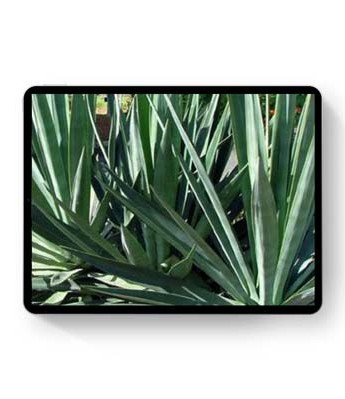
Intelligence
A journey through the world of fibers, from their production to innovative applications, where fibrous materials contribute decisively to the resolution of specific problems in several areas.
In architecture, fibrous materials offer very interesting degrees of freedom with respect to their properties such as ease of handling, lightness and flexibility, giving the opportunity to an architect for taking an innovative approach. Over the past few years, the use of fibrous materials in architectural membranes resulted in the construction of public buildings, such as airports and sports stadiums, much lighter and functional. On the other hand, in terms of pneumatic structures, architectural membranes have allowed stable and lasting solutions addressing the inherent needs of temporary buildings. Also as functional elements and partitions, fibrous materials provide several interesting properties such as self-cleaning, odor control, thermal insulation and lightness.
With regard to the fibrous materials applied in architecture, the most used are polyamide, polyethylene, polyester, glass, and optical fiber. For achitectural membranes, fibrous structures are impregnated with polymers such as polyvinyl chloride, silicone and poly(tetrafluoroethylene). The polymers confer increased mechanical strength, protection against UV rays, impermeability and other properties. Fibrous based materials provide additional liberties to the architects when compared to conventional materials such as steel, wood or concrete.

The development of innovative polymeric coatings and their combination with structures based on high performance synthetic fibers has resulted in a composite material for use in buildings, with interesting properties, such as: high mechanical resistance, hydrophobicity and high resistance to rot and to the action of fungi. The result of this combination is the so-called "architectural membranes" that have been used successfully in various projects of modern architecture.
An architectural membrane resists extreme conditions of sunlight, temperature, biological attack, wind, rain and snow. The main advantage of using this type of membranes is its low weight, which is only 1/30, when compared to traditional wooden roofing and ceramic tiles or metal roofing. This factor, in addition to the reduction in logistics costs associated with construction, allows to reduce the roofing support structures, which is reflected in a reduction in the final cost. Other advantages associated with the use of these materials are the freedom of design that they allow, the fact that they are sustainable materials, since they have conformability and flexibility, still providing savings in manpower, materials and energy. The following figure shows applications of architectural membranes.
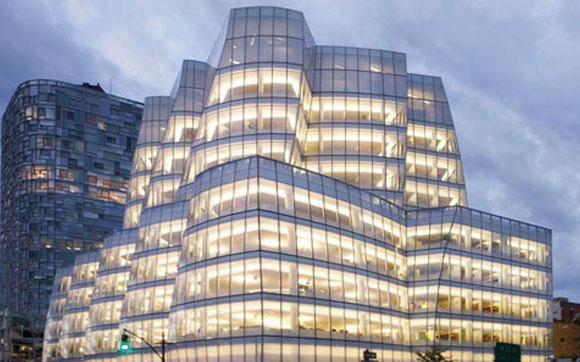 |
 |
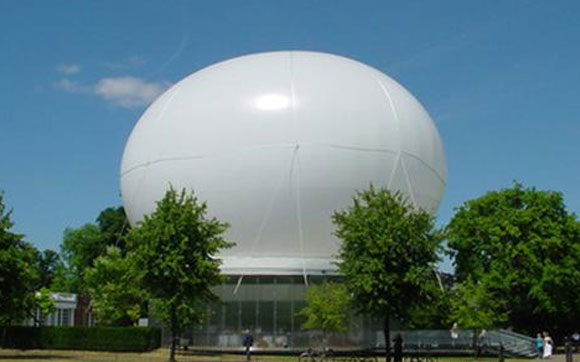 |
In recent years, new systems have been developed for panels with a dividing function using innovative fibrous reinforcements. These reinforcements guarantee the improvement of the environment, not only in terms of comfort or aesthetics, but also in the functional aspect, achieving impermeable surfaces, light structures with greater mechanical resistance, self-cleaning, fire resistance, integration of materials with phase change (PCM's) ) - for temperature regulation, luminosity, greater design versatility, integration of electrical components and the ability to constantly restructure the space. Some of the components used in these panels include:
These innovative panels, in addition to fulfilling the functions described, can be structured in modules that, in turn, can integrate operational components such as power outlets, washbasins, water supply, etc.
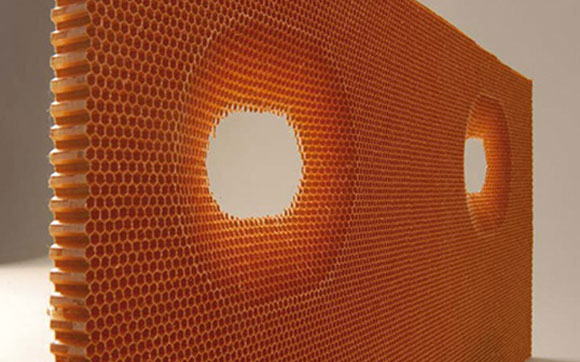 |
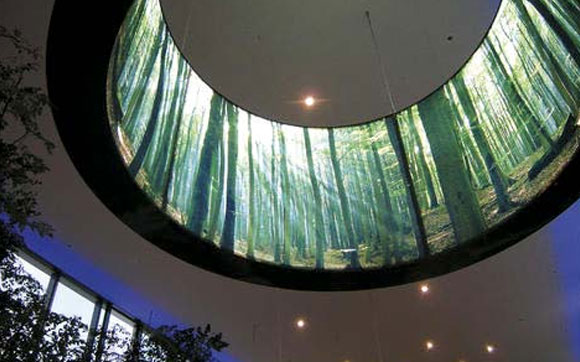 |
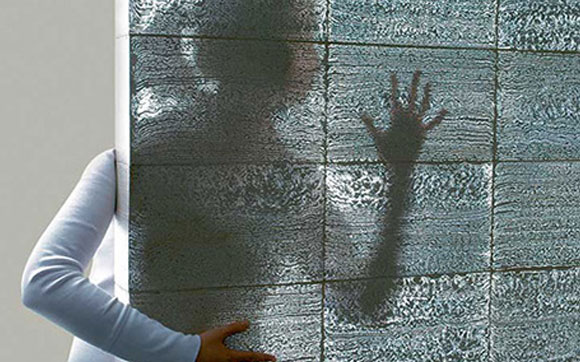 |
In a fibrous structure, odor control is usually achieved through a technology known as microencapsulation, which uses microcapsules that serve as tiny containers of substances. The substances, liquid or solid, are released to fulfill a specific purpose, in this case, the retention of bad odors and / or the release of fragrances.
A microcapsule has a coating called a wall, armor or membrane that surrounds the material enclosed within it. The contents of the microcapsules can be released in several ways, depending on the characteristics of the capsule wall, including: physical pressure, friction, diffusion, dissolution and biodegradation.
Phase change material (PCM) is a broad spectrum term used to refer to materials that are capable of changing their state within a given temperature range, from solid to liquid, or vice versa, releasing or storing heat. In order to create a better regulation of the temperature fluctuations provided by the fibers, these materials are enclosed in mechanically and thermally stable microcapsules. Another way to incorporate these microcapsules in fibrous systems is through coatings.
Fibrous materials with a self-cleaning capacity are biomimicry based on the principle found in the Lotus plant, whose leaves are well known for their ability to repel water and dirt. Basically, the lotus leaf has two levels of structure that affect this behavior: in the microscale, protuberances, and in the nanoscale, hair-like structures, together with the chemical composition of the wax in the leaves.
The principle of self-cleaning surfaces involves nanotechnology with the inclusion of micro or nanoparticles to make the surface rough and extremely water-repellent. In this way, dirt particles can hardly be retained on these surfaces, being removed by rain or simply by rinsing in water.
Antibacterial and antiallergic protection is another topic in the area of cleaning functional fibrous materials, achieved through the functionalization of fibers with various agents, including silver ions that act as a barrier preventing, for example, mites from penetrating the fibers and preventing growth of mold, mildew and fungi.
The production of electronic fibrous materials, including those that emit light, involves the use of conductive fibers for the transport of energy, communication and networking, as well as new materials for making screens / monitors that use electrically conductive paint, nitinol and thermochromatic pigments. These types of fibrous materials are created using traditional production techniques, which include: extrusion of conductive fibers, weaving, knitting, embroidery and sewing, as well as printing with inks suitable for this function. Light-emitting fabrics may reduce the use of lamps in the future.
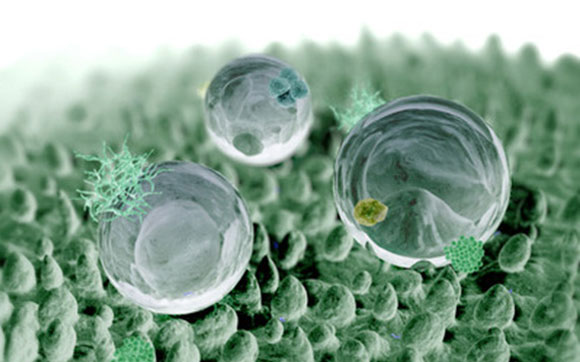 |
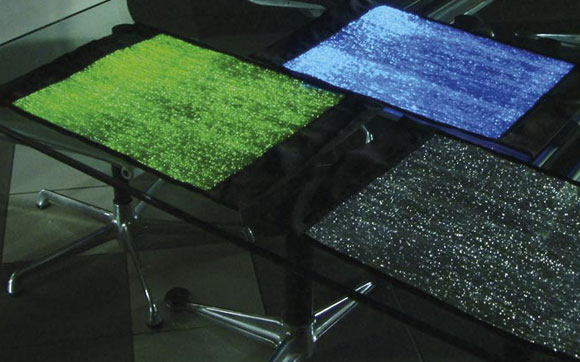 |
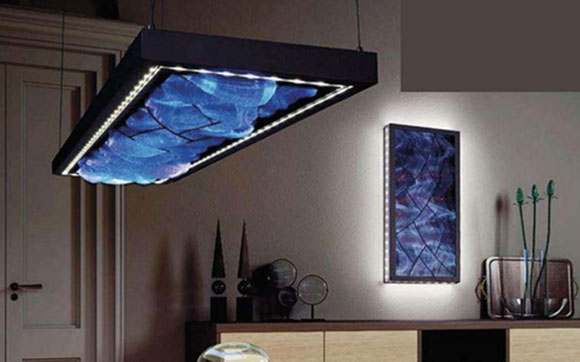 |
Fibrous materials offer very interesting solutions for the construction industry in applications such as concrete reinforcement, soil stabilization, and thermal and acoustic insulation. Fibrous materials used in construction include glass, carbon, aramid, basalt and natural fibers. The advantages of these materials are:
One of the major advantages of their use in buildings is the huge reduction in weight as compared to the conventional materials.

The use of monitoring systems for the maintenance and safety of the built structures is nowadays considered a priority. In addition to ensuring the safety of users of structures such as bridges, roads, tunnels, buildings and dams, among others, it is also vitally important to ensure the correct functioning and durability of these infrastructures. In addition, in recent years, the number of failures in structures due to environmental conditions or natural phenomena has increased. For these reasons, the area of structural monitoring has justified several research works aimed at developing more economical and efficient monitoring systems to avoid the catastrophic consequences of these events, giving a timely warning.
Current monitoring systems are based on sensors. Basically, there are two methods for including these sensors in a structure: integrated within the structure or placed on its surface. Developments in this area are diverse, comprising: voltage meters, wireless sensor networks, Bragg network sensors, fiber optic sensors, vibration sensors, for environmental health assessments, displacement-based GPS sensors, voltage sensors piezofilms and systems integrated in concrete structures, with piezoelectric sensors, adopted to also be used as reinforcement.
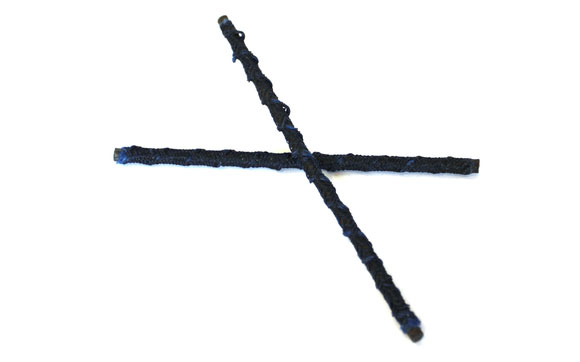 |
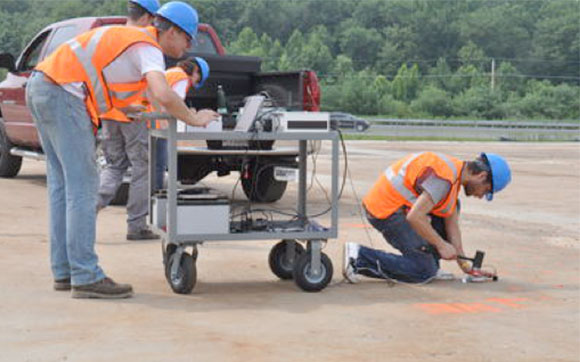 |
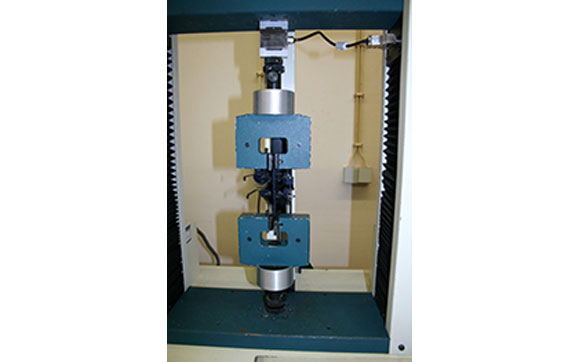 |
Energy consumption is one of the most important factors when it comes to building sustainability. Efforts to reduce the energy consumed for heating, ventilation and air conditioning have been redirected towards the application of effective thermal insulation systems that are mainly produced with fibers. On the other hand, thermal and acoustic insulation is an increasingly market necessity in terms of improving comfort and well-being. The fibers are used as an insulator due to their porous characteristics.
Among the fibrous materials that are used as insulators, there are mainly inorganic fiber blankets of mineral origin (glass wool, rock wool), organic foams of synthetic origin (expanded and extruded polystyrene and polyurethane) and organic materials of natural origin (flax, coconut, jute, among others).
The advantage of using fibrous materials as an insulator is the versatility of the shapes they can take (blankets, rigid panels, flakes, foams and others) to satisfy diverse needs, as well as easy placement and handling. At the same time, fibrous materials are light, have a reasonable mechanical resistance and are able to incorporate a high volume of air, making them good insulators.
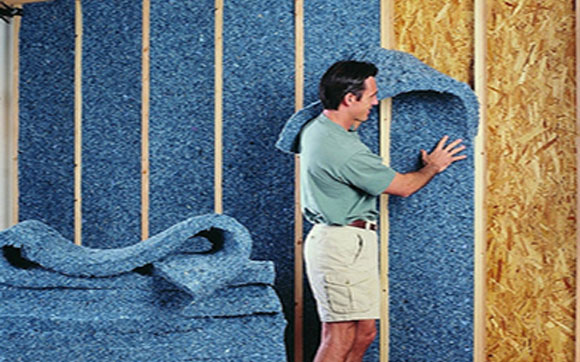 |
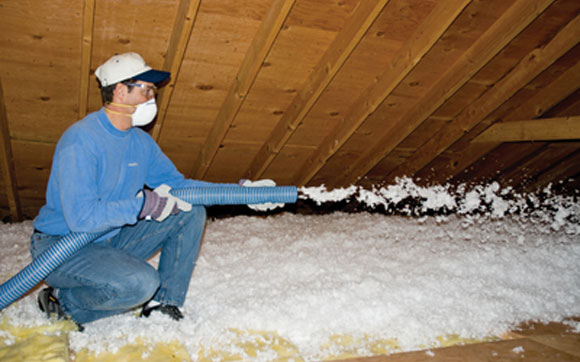 |
A geotextile is a structure made up of synthetic (polyester, polypropylene, etc.) and / or natural fibers (sisal, hemp, jute, etc.). It can be applied in the protection of waterproofing sheets, in reinforcement and filtration, in hydraulic works and as a chemical barrier.
The figure shows some types of geotextiles.
Geotextile materials are the largest group within geosynthetic materials, which also include geomembranes, georedes and geogrids. Another resulting group is made up of geocomposites, which are composed of two geosynthetics such as geotextile/geogrids, geotextile/geomembranes and geomembranes/geode.
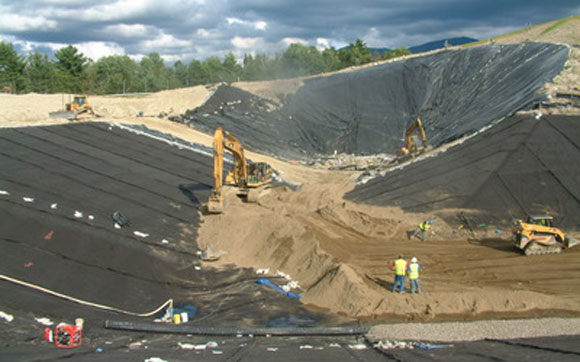 |
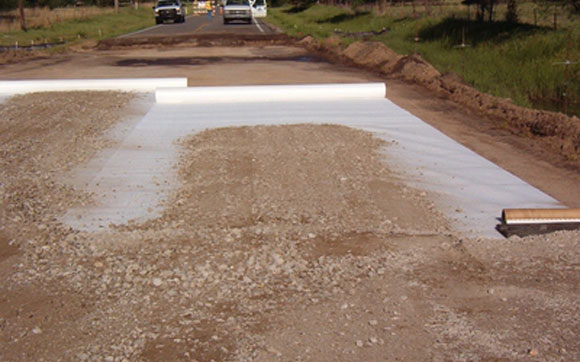 |
Concrete, as a material used in the construction of structures, is characterized by its high compressive strength but low tensile strength. Due to this distinct behavior, when subjected to tensile stresses, the concrete is reinforced with steel bars inside it in order to resist the tensile stresses. The main disadvantage of using steel rods is due to the corrosion problems that arise in the medium / long term. These problems are accelerated when the concrete has insufficient covering, cracks that leave the reinforcement exposed or when it is exposed to corrosive environments, as in the case of buildings by the sea.
Currently, one of the ways available to reinforce concrete is through the addition of short fibers, distributed at random to reinforce the mixture. In this way, it is possible to increase the tensile strength of the concrete, reducing its cracking and the mechanisms responsible for the propagation of the cracks. The mechanical characteristics, as well as other physical properties of fiber-reinforced concrete, depend on the properties of the fiber, the matrix, the fiber-matrix interaction and the dispersion of fibers within the cementitious matrix.
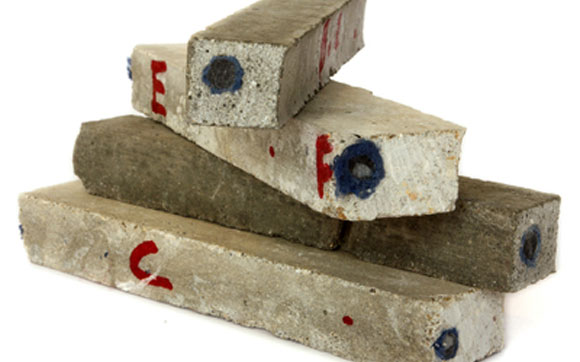 |
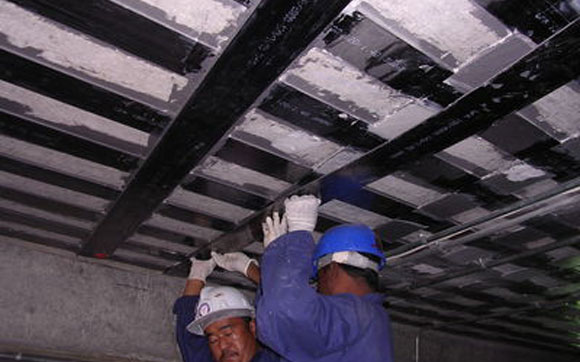 |
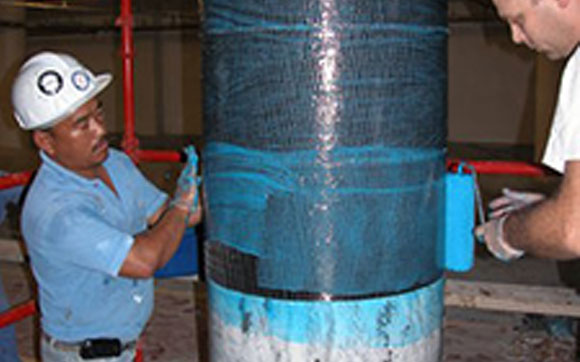 |
One of the most important aspects to be considered by engineers, in the case of ocean platforms, is the environmental conditions, such as: wind, waves, currents, sea water, hydrostatic pressure and earthquakes. All climatic phenomena affect buildings differently. However, in the case of ocean platforms their influence is more severe because they are exposed to almost all the factors mentioned, in addition to their foundations being underwater.
In the past, the cables that supported the platforms on underwater foundations were made of steel, as this was one of the available materials with better mechanical characteristics. Subsequently, due to the accelerated corrosion of the sub-oceanic installations, induced by the chlorides present in the water, other materials had to be considered for their replacement. Advances in the fields of rope production and fiber production have strongly influenced civil engineering in the oceans, opening the door to the use of fiber-based ropes and cables on ocean platforms.
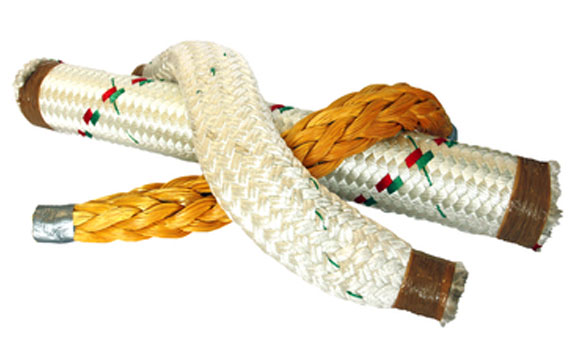 |
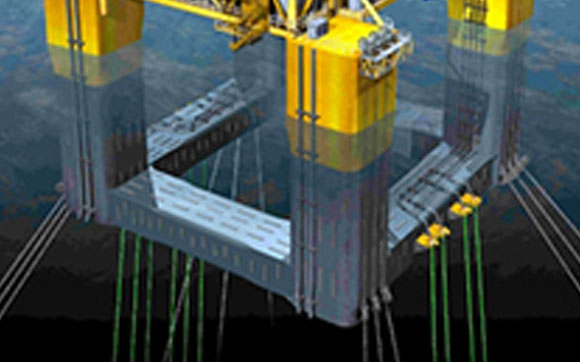 |
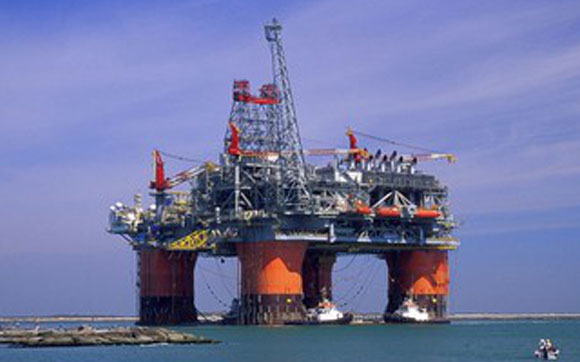 |
Fibrous materials are used in almost all kinds of sports, both in equipment and clothing for sports. These materials offer several advantageous properties such as reduced weight, better mechanical performance, durability, elasticity and others, tending to increase athlete’s performance.
The fibers used in most sports applications are: polyester, polyamide, polypropylene, acrylic, spandex, carbon, aramid and high performance fibers. These materials are used due to their good tactile properties, low moisture absorption, ability to transport perspiration outside of the body, design and color variety, thermal insulation and, therefore, comfort.
The main applications of these materials are in sportswear with functions such as moisture management, temperature control, water repellency, breathability and monitoring of vital signs. In addition, fibrous materials are used in sports equipments in the form of composites to provide strength, durability, weight reduction as well as ease of maintenance and transportation.

The term "sportswear" refers to all clothing specially designed for use in sports activities.
The comfort provided by clothing is one of the main selection criteria for sportsmen, professional or not, given that clothing affects not only the well-being but also the athlete's performance.
In order to maximize the athlete's performance, sports clothing must, above all, be efficient in body thermoregulation and moisture transfer.
It should be noted that all these factors are dependent on the fibrous structure used.
In recent years, developments in this area include finding fibrous materials and structures that are: light, but durable; waterproof, but breathable and soft; and more resistant. In this way, “smart fabrics” have emerged. These fibrous structures were designed and developed to enhance the benefits of physical activities and minimize their possible drawbacks.
The fibrous structures used in the production of sports clothing always show some elasticity, in order to guarantee unlimited freedom of movement and to transport the body's moisture to the fibrous layers close to the outside environment, assuming a fundamental role in the optimization of the athlete's performance. With the right combination of fibers, yarns and processing technology, it is possible to produce ideal structures for functional sportswear.
The fibers most used in sport are synthetic and high performance fibers.
Synthetic fibers can be modified in the manufacturing process. For example, the production of hollow fibers or fibers with differentiated sections, or to be mixed with natural fibers in order to improve thermophysiological properties. The properties of resistance to U.V. or antimicrobials make the use of these fibers in sport even more appealing.
High performance fibers offer special properties, depending on the sport and only through these it is possible to meet the requirements of the various sports.
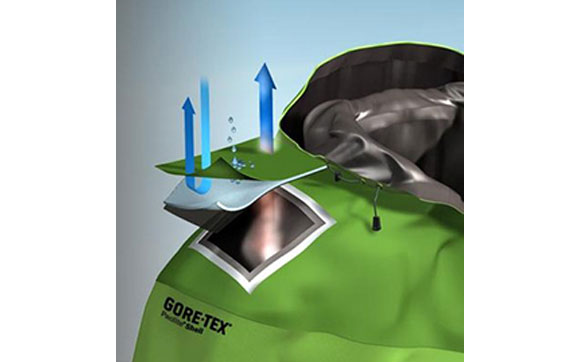 |
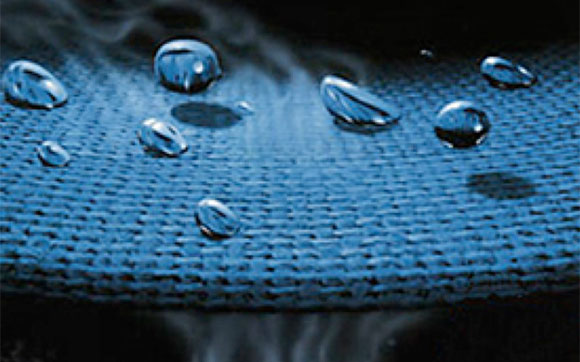 |
The use of fibrous composites in sports equipment is relatively recent. Its use in this type of devices occurs due to several advantages: ease of transport, performance, weight reduction, durability and reduced maintenance.
Initially, natural materials were used as reinforcement of composite materials, such as wood, due to its good impact absorption. However, these materials had some drawbacks. Its anisotropic nature resulted in uneven resistance and a high absorption of moisture that provided several deformations.
In the 1970s, light metals, such as aluminum and titanium, became very popular in sports applications due to their rigidity and lightness. However, even small stresses in this material caused large deformations.
Subsequently, composites in glass and carbon fibers with an epoxy-type polymer matrix, among other polymers, replaced metallic materials. The anisotropy of these materials allowed to obtain greater resistance in applications where it is essential. On the other hand, these composites offer greater rigidity, resistance to fatigue and cushioning when compared to metals.
The usefulness of composites in sports equipment depends on their purpose. For example, in some modalities good shock absorption is necessary, while in others it is necessary a minimum loss of energy, in order to provide greater speeds.
The properties of the equipment depend on the materials used, the design and the production technology used.
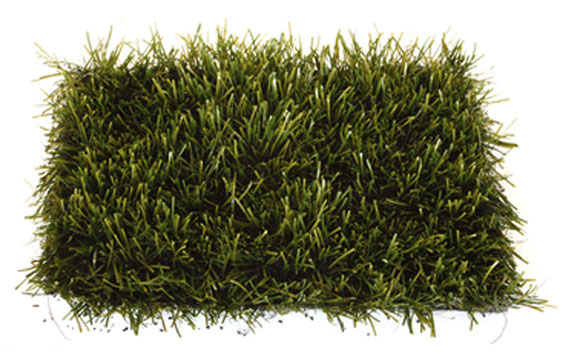 |
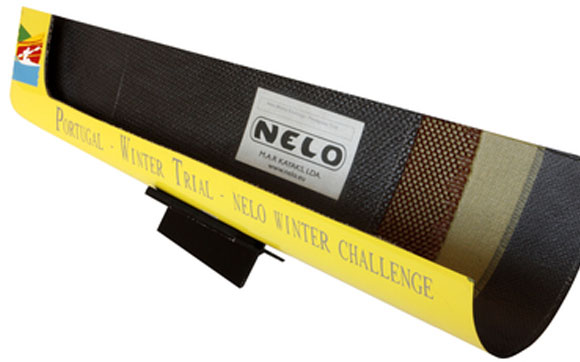 |
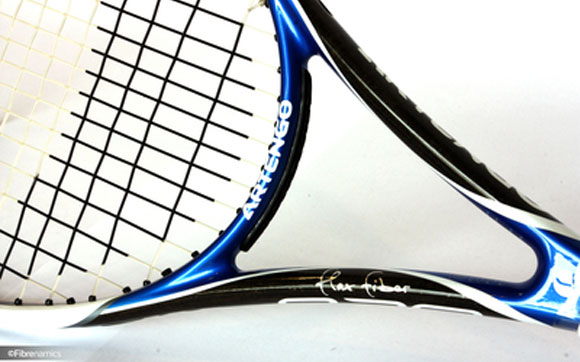 |
Fibrous materials for medical applications are used in products specially designed to meet specific needs in health-care and well-being areas, being suitable for medical, surgical and post-surgical treatments. The materials applied in this area possess properties such as: flexibility, strength, biocompatibility, and porosity, among other characteristics.
The fibers used in most medical applications include: cotton, polyurethane, polypropylene, poly (methylmethacrylate), polyester, alginate and also bio-absorbable fibers such as chitin and collagen.
In medical applications, fibrous materials can be grouped: implantable surgical materials (artificial tendons, stents, artificial heart valves, prosthetics, etc.), non-implantable surgical materials (gauze, cotton, dressings, etc.), extra-body devices (kidney, liver and artificial lung) and healthcare/ hygiene products (coats, hats, drapes, etc.)

It is not always possible to replace a defective part of the body with the transplant and, for this reason, the use of artificial substitutes is in increasing development. Biomaterials are the basis of implantable fibrous materials, whose fibrous structures are essentially meshes, fabrics, non-woven and braided.
The main characteristics of implantable fibrous materials are: biocompatibility, porosity, fiber diameter, biodegradability or bio-stability (depending on the intended application) and non-toxicity.
Mechanical characteristics are also a factor of high importance in these materials and, therefore, fibers are used that provide resistance and strong interactions between the implant and the tissue.
The most reactive fiber to the human body is polyamide. On the contrary, polytetrafluoroethylene (PTFE) is the least reactive material.
The main applications of implantable fibrous materials are: sutures, soft tissue implants, orthopedic implants and cardiovascular implants.
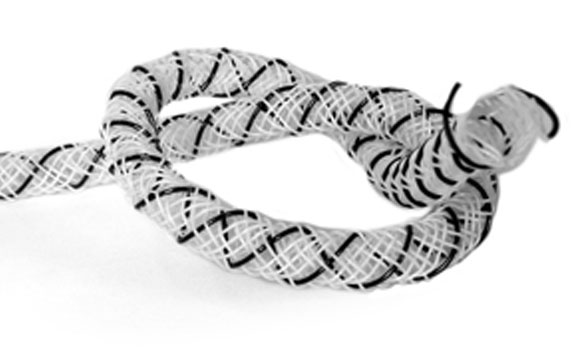 |
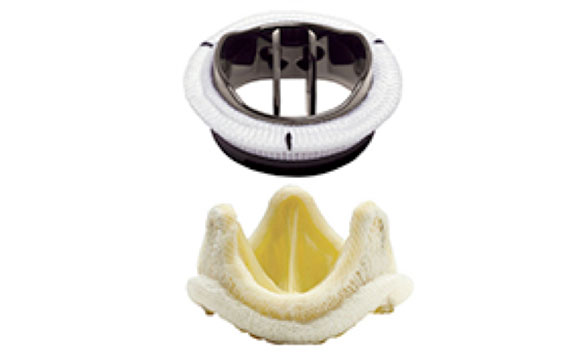 |
Non-implantable materials are those that are used in external applications, which may or may not be in contact with the skin.
These materials, depending on the cases, must be: anti-allergic, anti-cancer, antibacterial, biocompatible, air permeable, non-toxic, as well as having a good liquid absorption capacity, high capillarity and wettability, enabling the transport of moisture, possessing properties healing and also have the ability to be sterilized.
The main applications of these materials refer to bandages, wound treatments, gauze, plasters and cast.
Extra body devices are mechanical organs (artificial kidney, liver and lung) used in blood purification.
These devices must comply with certain requirements, including: anti-allergic, anti-cancer, good resistance to microorganisms, antibacterials, air permeability, non-toxic and the ability to be sterilized. The function and performance of these devices depends on the fibers and structures used.
The artificial kidney has the function of filtration and excretion, causing the blood to circulate through a membrane that can, for example, consist of hollow cellulose fibers in the form of cellophane that retains the removed products. Multilayer filters composed of several layers obtained by needle drilling, with varying densities, can be used in the artificial kidney in order to remove unwanted products more quickly and efficiently.
The artificial liver uses hollow fibers or membranes similar to those used in the artificial kidney to perform bile and glycogenic secretion.
The hollow membrane that forms the artificial lung has high permeability to gases, but low permeability to liquids and mimics the functioning of the natural lung, allowing oxygen to come into contact with the patient's blood.
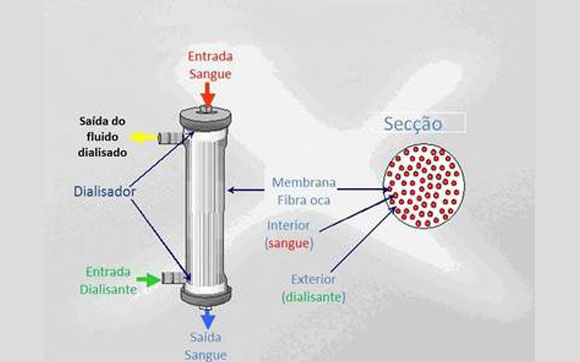 |
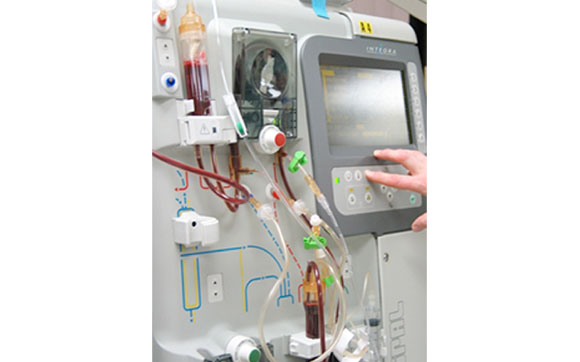 |
Health and hygiene products encompass a wide range of fibrous materials for different applications and arise from the need to protect both the patient and the medical team from any contact with potentially contaminated fluids.
With the increasing number of infections transmitted by the virus, such as AIDS or SARS-COV2, and others that are highly resistant, these products are playing an increasingly important role.
Like the other fibrous materials for medical application, hygiene and health products must be: anti-allergic, resistant to microorganisms, permeable to air, non-toxic, capable of being sterilized and impermeable to liquids. In addition, these products must provide comfort and not limit the movements of those who use them.
The most common health and hygiene products are gowns, caps, masks and surgical drapes.
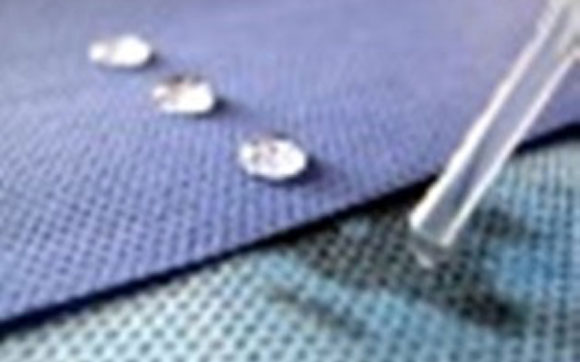 |
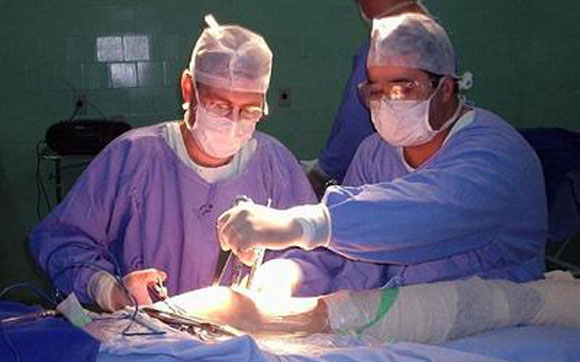 |
Fibrous materials are used in personal protection to protect the user from dangerous environmental effects that may result in damage or even lead to death.
These materials have applications in many other professional activities such as military, police, firefighters, welders, biologists, gardeners, electricians and workers from oil platforms, representing real benefits such as greater comfort, wellbeing and safety.
The most used fibers in protection include: polyester, polyamide, aramid, acrylic, polyethylene and elastane that may present various functional features such as thermoregulation, flame resistance, impact and perforation resistance, and antimicrobial protection.
Fibrous materials provide protection in several areas, including thermal protection (firefighter suits and protection against extreme cold), chemical protection (protection against harmful agents), mechanical protection (protection against cutting, drilling, abrasion and ballistic) and biological protection (protection against micro-organisms).

Thermal protection includes:
The material requirements for both categories are similar:
The biggest difference between these materials lies in:
Multilayer solutions are used both to protect against cold and heat, and in these cases, each layer plays a specific role in the overall protection of the set.
In this type of protection, air is a very important factor, as the air is a bad conductor of heat, that is, a good insulator.
The following table shows some examples of flame retardant fibers and their characteristics.
| Generic Name | Trade mark | Features |
| Aramid (Meta) | Nomex | Excellent durability and chemical resistance |
| Aramid (Para) | Kermel; Kevlar; Twaron | Excellent resistance to breakage and abrasion |
| Modacrylic | SEF; Kanecaron | Excellent chemical and abrasion resistance High thermal shrinkage |
| Polyamide | P84 | High thermal shrinkageLower thermal properties than meta-aramid fiber |
| Vinal | Vinex FR9B | Very sensitive to shrinkage |
Cotton, viscose, polyethylene and polypropylene fibers should not be used in this type of application due to their flammability and dissolubility.
Some of the fibers used to protect against the cold, due to their excellent thermal insulation properties, include:
Non-natural fibers are preferably used with hollow configuration, for trapping the air, obtaining a better isolation from extreme environmental conditions such as cold, rain and wind.

Accidents with chemicals can happen in several ways:
Military personnel, police officers and chemical researchers are examples of professions that have to deal with chemicals.
Chemical protective clothing includes clothing with complete encapsulation, formed by a single piece that protects from gases, vapors and toxic particles; and non-encapsulated clothing, without integrated face protection and against chemical spills.
The fibrous materials used in this area must be:
The most used fibers are polypropylene, polyethylene and polyester.
Polyester features:
Polypropylene features:
Polyethylene has characteristics:
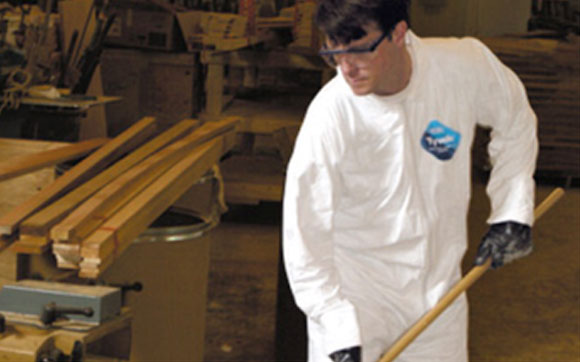 |
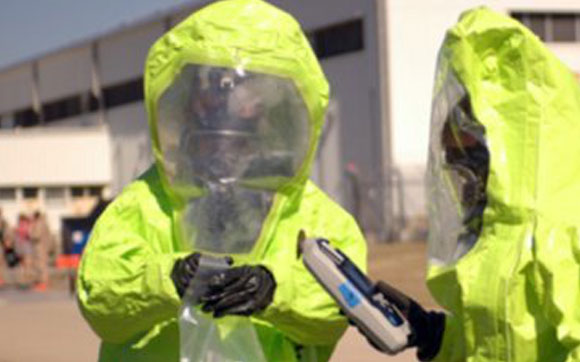 |
Mechanical protection can take on several types including:
As for abrasion, cutting and drilling, it appears that the use of sharp tools, blades or saws can be extremely dangerous objects in professions such as butchers, gardeners, woodcutters, among others.
As for impact, bulletproof vests, helmets and armored vehicles are examples of protection used.
Bulletproof vests are military or police artefacts that protect users from projectiles.
They are formed by several layers of fabrics (16 to 20), overlapped with a certain gap, offering a certain resistance to the advance of the projectile, absorbing the shock / energy caused by it.
Aramid and ultra high molecular weight polyethylene fibers are used in mechanical protection, due to characteristics such as:
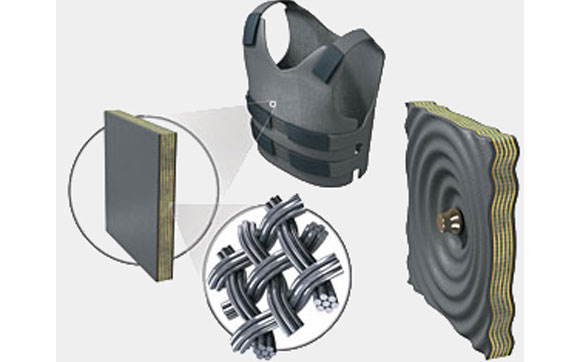 |
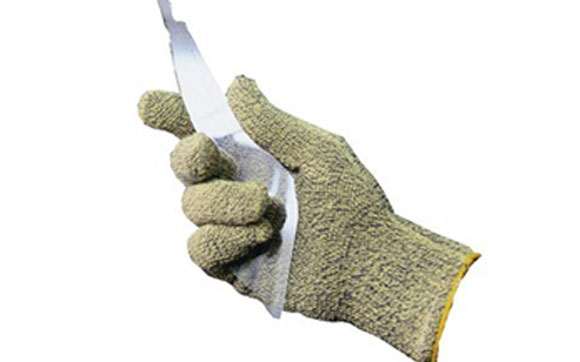 |
Biological protection is a combination of:
Professions subject to bacteria, fungi and mites such as researchers, biologists, among others, must wear appropriate clothing. The silver ions incorporated in the fibers are widely used in biological protection. In this case, when the bacteria comes into contact with the fiber, the silver ions interrupt the vital functions of these microorganisms and degrade proteins linked to the metabolism and reproduction processes of the bacteria, thus leading to their death.
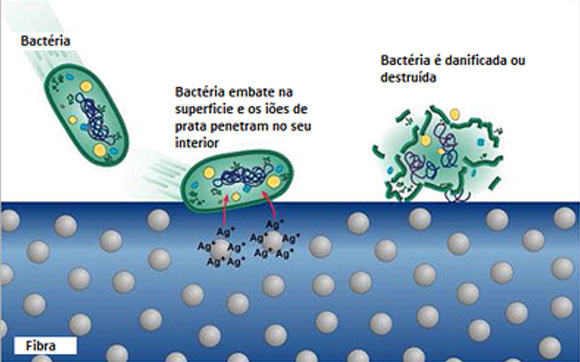
Fibrous materials are used in various transport systems to promote comfort (insulation and interior lining of cars, planes, trains, etc.), improve safety (example: air bags, belts, tire reinforcement, etc.), weight reduction and, consequently, reduction of CO2 emissions (example application of composite materials as supports for instrument panels, airframes, hulls, boat propellers, etc.). These materials are used in air transportation systems (such as aircraft and helicopters), ground systems (cars, buses, trucks and trains) as well as marine systems (boats and ships).
Polyester and polyamide fibers are widely used in order to improve the safety in case of seat belts and airbags.
For the weight reduction and consequent reduction of CO2 emissions, carbon, aramid and natural fibers (flax, hemp and coconut) are used in combination with polymeric matrices, such as epoxy or polyester.
The use of polypropylene, wool, polyester and viscose fibers is very common in the elements of transport vehicles to provide comfort.

Public transport, such as buses and trains, imposes additional requirements on the materials used compared to motor vehicles. On the one hand, because they carry a large number of passengers several times a day and, on the other hand, because they are larger vehicles.
Fibrous materials used in public transport must have:
In heavy vehicles, one of the most used accessories, in addition to all the components previously presented, is the truck covers, known as tarpaulins. The tarps are produced by coating processes, using a substrate (textile structure) in combination with a polymer. They are intended to reduce the resistance to movement caused by air and, consequently, improve the aerodynamics of the truck.
Polyamide and polyester fabrics (substrates) coated with polyvinyl chloride (PVC) (polymer) are the most used materials due to characteristics such as:
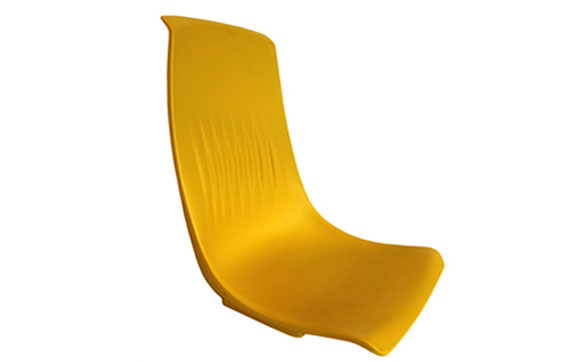 |
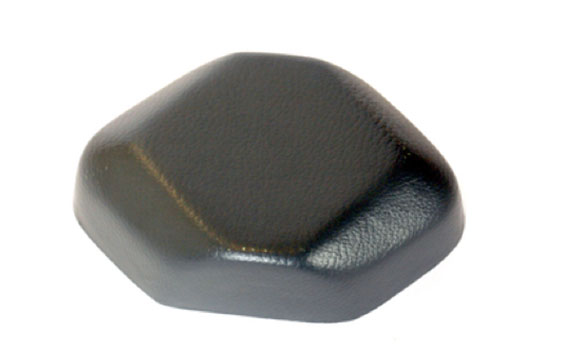 |
The main challenges in air transport systems, such as airplanes, are:
Low flammability is vital, with statistics showing that 25% of plane crash deaths are due to fire.
The fibrous materials used include flame retardant fibers, such as Trevira CS fiber, used in seats, curtains, carpets, among others.
Fiber-reinforced composite materials are widely used in the structure of airplanes and helicopters, enabling weight reductions of around 20 to 30%, allowing for an increase in the cargo capacity in commercial aircraft and greater transport capacity in the case of the military.
The requirements for these materials include:
The most used fibers are carbon and glass fibers, due to their characteristics:
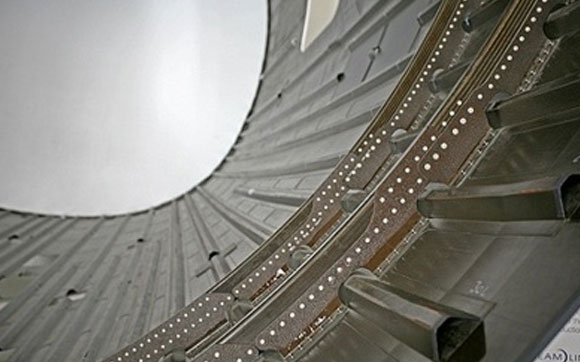 |
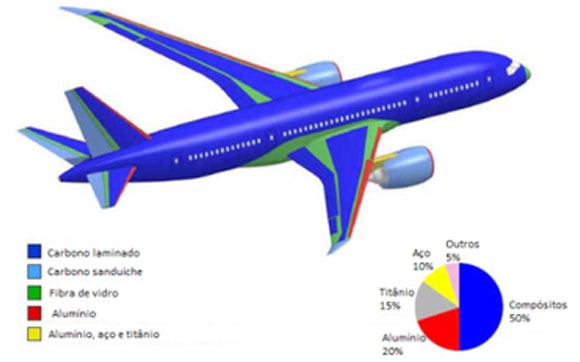 |
In maritime transport, fibrous materials are mainly used in sails and nautical cables, thermal and acoustic insulation systems and in composite materials, used, for example, in boat hulls.
The fibers used in each case include:
Polyamide and polyester fibers are applied to nautical sails and cables, due to characteristics such as:
Glass fibers are applied in thermal and acoustic insulation due to characteristics such as:
Carbon, glass and aramid fibers are applied to composite materials in hulls of boats and ships due to characteristics such as:
The objective in the construction of the ships' hulls is to obtain greater impact resistance with the least possible weight.
In small vessels, fiberglass composites have become the materials of choice, ensuring performance and safety with low weight and controlled cost.
In competition vessels, carbon fiber composites are also used as a way to guarantee the production of extremely thin and resistant components, guaranteeing the possibility of high speeds.
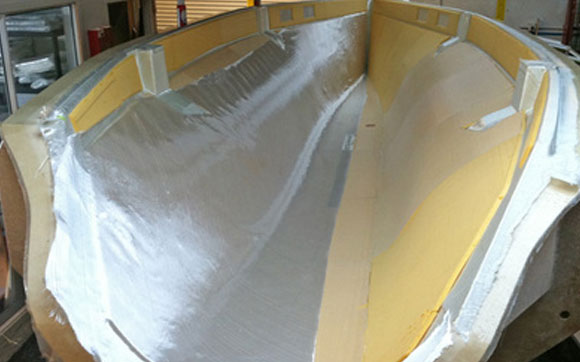 |
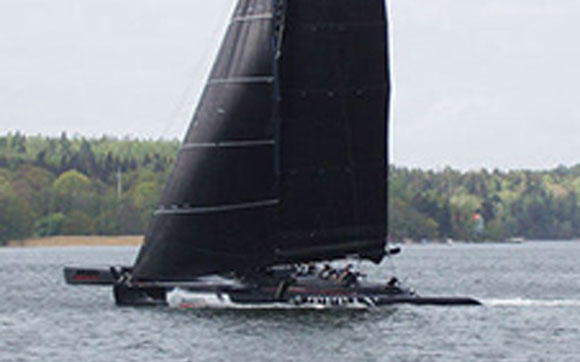 |
Did you find this article interesting? Join the Fibrenamics community by registering for free here.